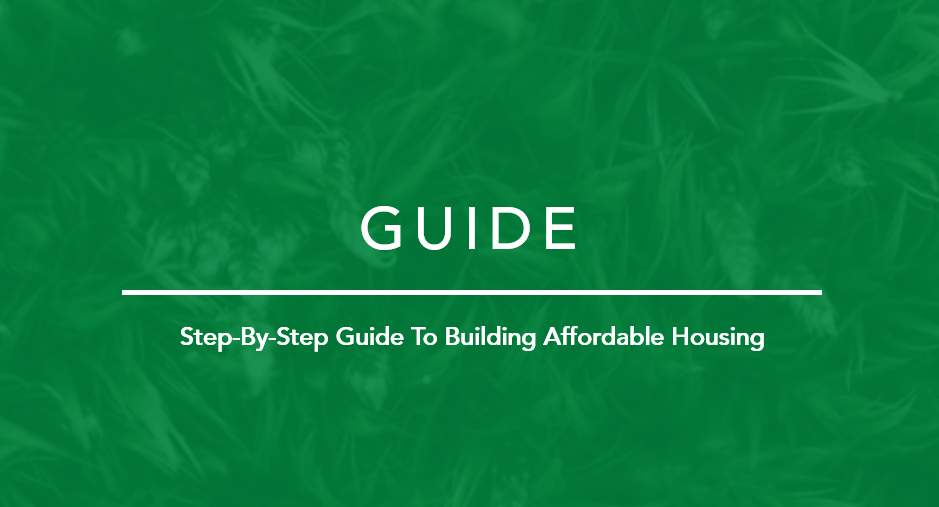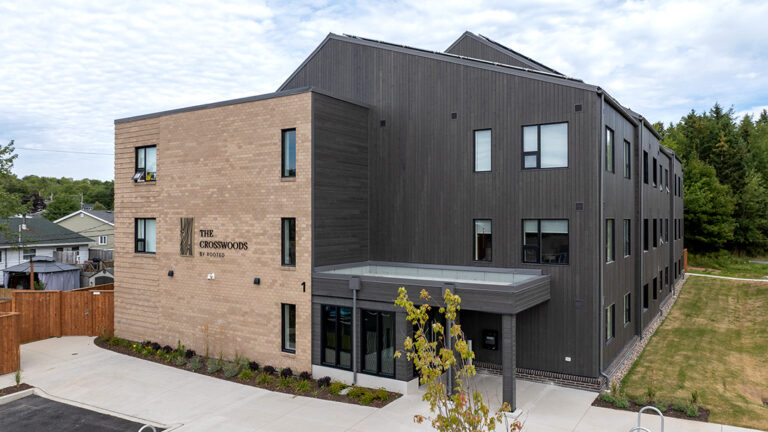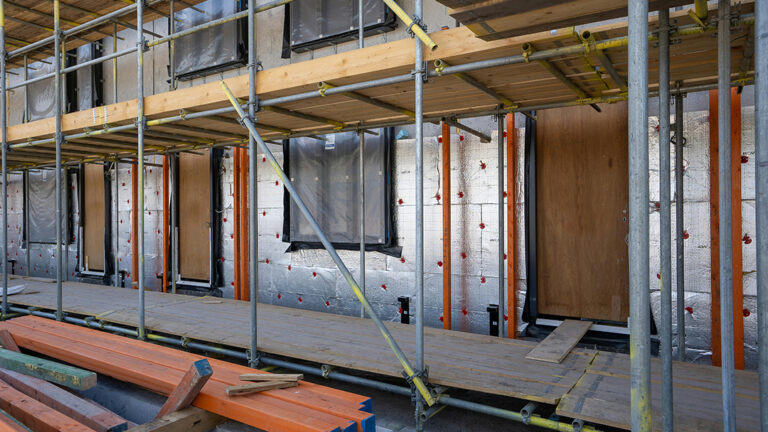A document prepared by the Alberta Rural Development Network (ARDN).
After hearing from housing experts that it was virtually impossible to develop affordable housing in rural communities, Dee Ann Benard, Executive Director of the ARDN (Alberta Rural Development Network) and her staff decided to dig a little deeper, and reflect on ways to help communities navigate the landscapes of affordable housing and rural development. “Our initial plan was to develop a tool for communities, therefore we needed to rely on best practices, identify gaps in affordable housing in rural areas and look at the most essential elements for preparing an affordable housing project,” says Dee Ann Benard. “Of course, this is not a process that could be done by one individual. As our goal was to create a model that would be applicable for affordable housing providers across Canada, a national advisory committee worked on it for 18 months.”
Founded in 2009, the Edmonton-based non-profit organization ARDN created the Sustainable Housing Initiative (SHI). This non-profit partnership with seven Alberta post-secondary institutions, all dedicated to addressing key issues in rural communities at a local level, resulted in publishing the Step-by-Step Guide to Developing Affordable Housing.
Best Practices to Develop Community Housing in Rural Areas
Substantial federal government funding served as an important catalyst in producing the research prior to releasing this more than 100-page guide and the workbook in 2019. “Our tool can be used as a reminder to avoid the many traps that most projects face. It will also help your group to find strategies truly designed to get access to affordable housing,” says Zain Abedin, Director of Community Development, specialized in working with communities to understand their needs and create financial strategies.” Our high level guide creates awareness, through all steps of the affordable housing development process. All the way from creating the vision, accessing funding, developing and then operating and maintaining the development. ”
Since publication of the guide, ARDN staff has attended various housing conferences to get feedback on the tool and has received positive feedback. Today ARDN supports rural communities in and outside of Alberta to best launch their affordable housing model while avoiding pitfalls and common mistakes. “Because the project’s scopes tend to vary so much, for example from seniors to women’s or family initiatives, the common denominator for success really is to assess and meet every community’s individual needs,” says Dee Ann Benard. “The lack of capacity in rural areas can lead to resistance – that’s why early community consultations are essential. Citizens need to be involved in shaping their communities. Projects that are designed and developed to meet citizens’ and an area’s individual needs will be most successful in all further steps of developing affordable housing. “
Other best practices to creating sustainable projects highlighted by ARDN experts are to avoid ghettoization by developing mixed affordable housing models. Wide approval will ensure that projects remain sustainable and avoid developing financial dependencies. Self-sustainable projects are very feasible for communities across Canada. The size of housing complexes is generally slightly smaller in rural areas where they tend to house between 30 and 80 units.
In conclusion, ARDN invites affordable housing providers to consult the guide for all technical details and call if more individual advice is needed. “We are here to support communities across Canada. Paying for expensive private consultants to do your project’s needs assessment is almost always a waste of resources in these initial stages. At ARDN, we are equipped to walk you through all stages of launching an affordable housing project, from proving the viability, designing the project and then securing funding. Call us directly,” emphasizes Zain Abedin. “Community Housing organizations should look into opportunities to collaborate. Together as a sector, we can accomplish so much!”
To download the “Step-by-Step-Guide to Developing Affordable Housing”
– Request a free version of this guide and workbook in English or French https://www.housingredefined.ca/guide
– Visit the ARDN’s website for more free tools and resources, and inquire to be added to an existing database of homelessness resources: https://www.ardn.ca/
The Purpose of the Guide
The purpose of the guide is to be a resource for individuals and groups who want to develop, build, and operate affordable rental housing. As the “developer” of the land, before initiating a project, it is recommended you and/or your team gain a basic understanding of the processes–as well as legal and regulatory frameworks–that surround land development, affordable housing, and sustainable development in your community.
This guide specifically explores the process of developing affordable rental housing due to our experience in development of rental units and due to the demand that we observed from within communities. Although its intent is to help provide direction to those new to the field, the timing of the various steps and tasks will be unique to your project and some may occur simultaneously.
(section 1.0, page 17, Step-by-Step Guide to Developing Affordable Housing, 2019)



